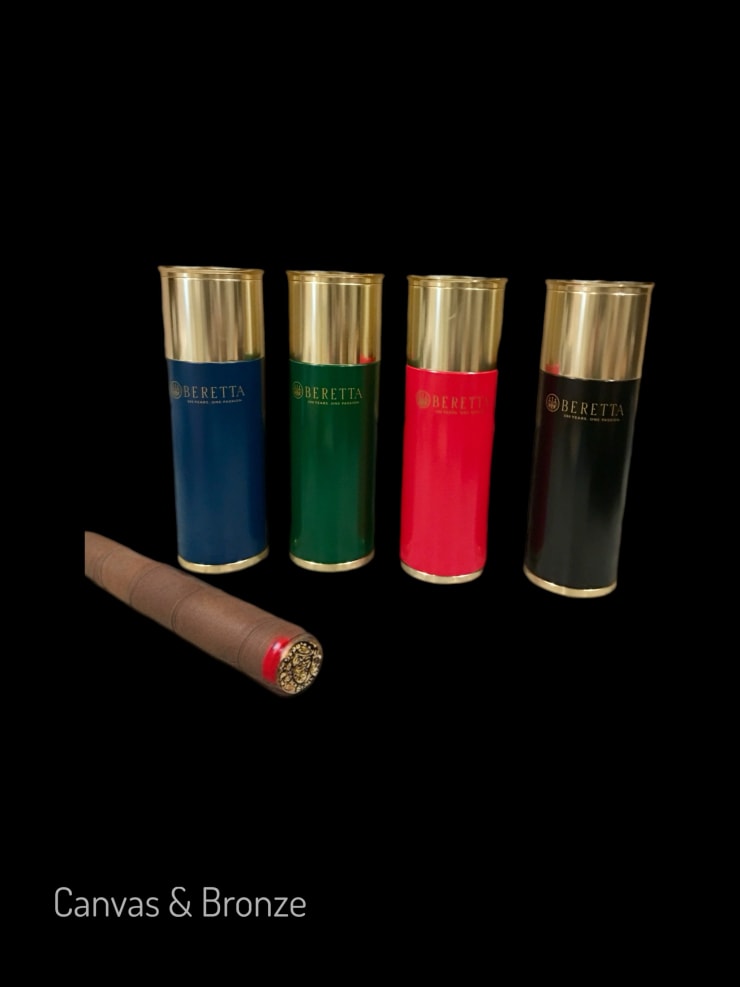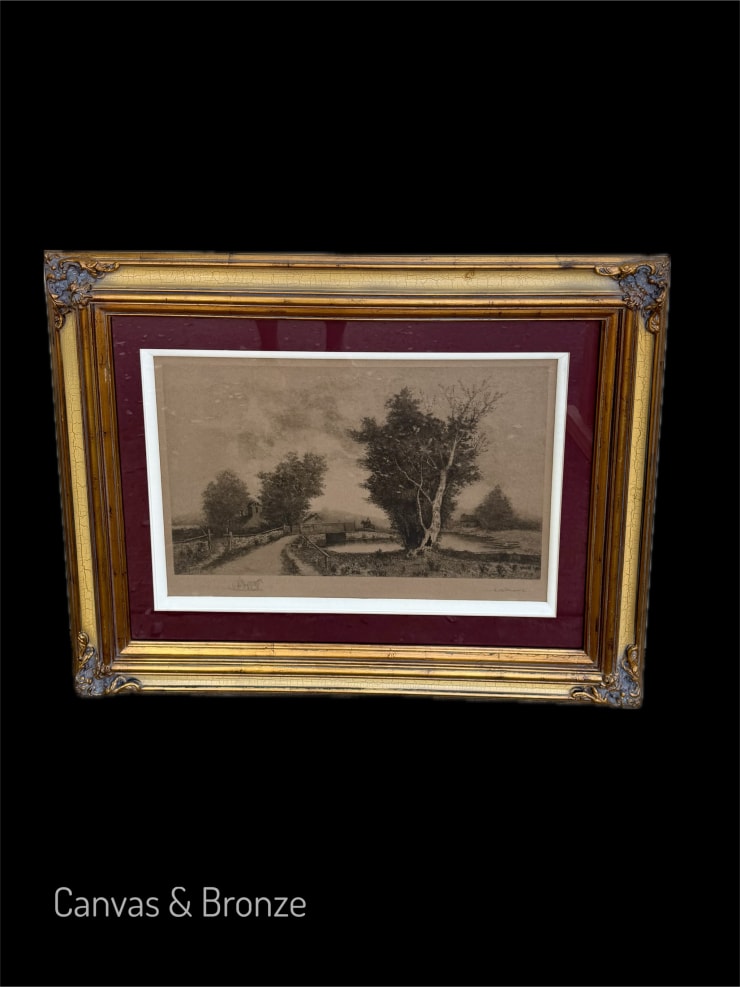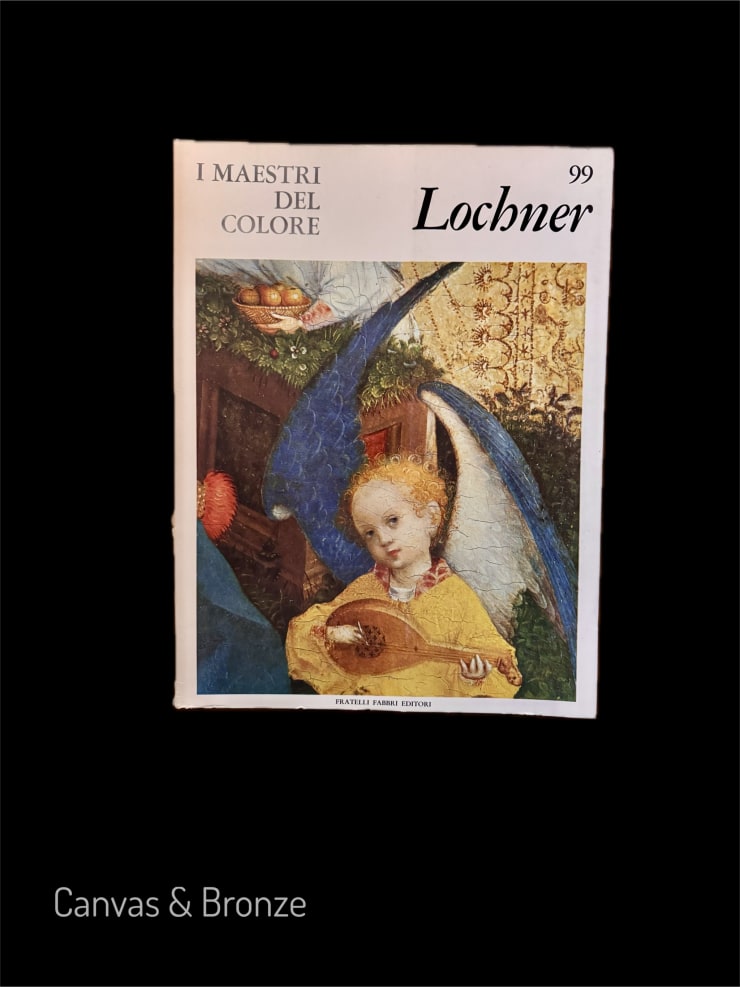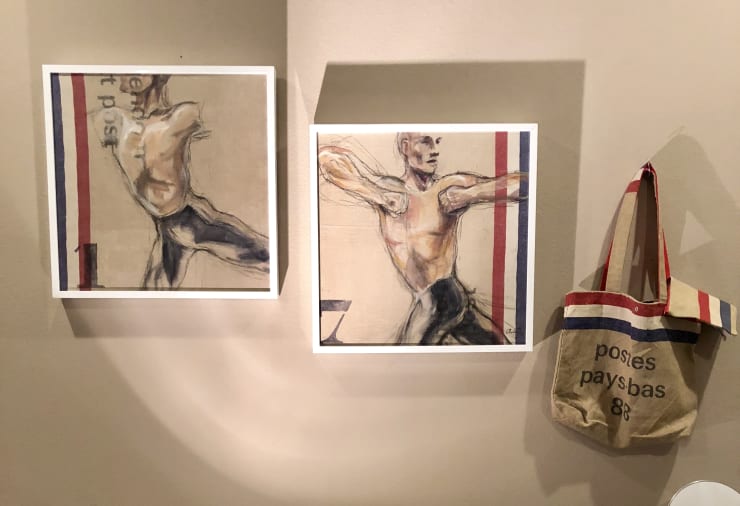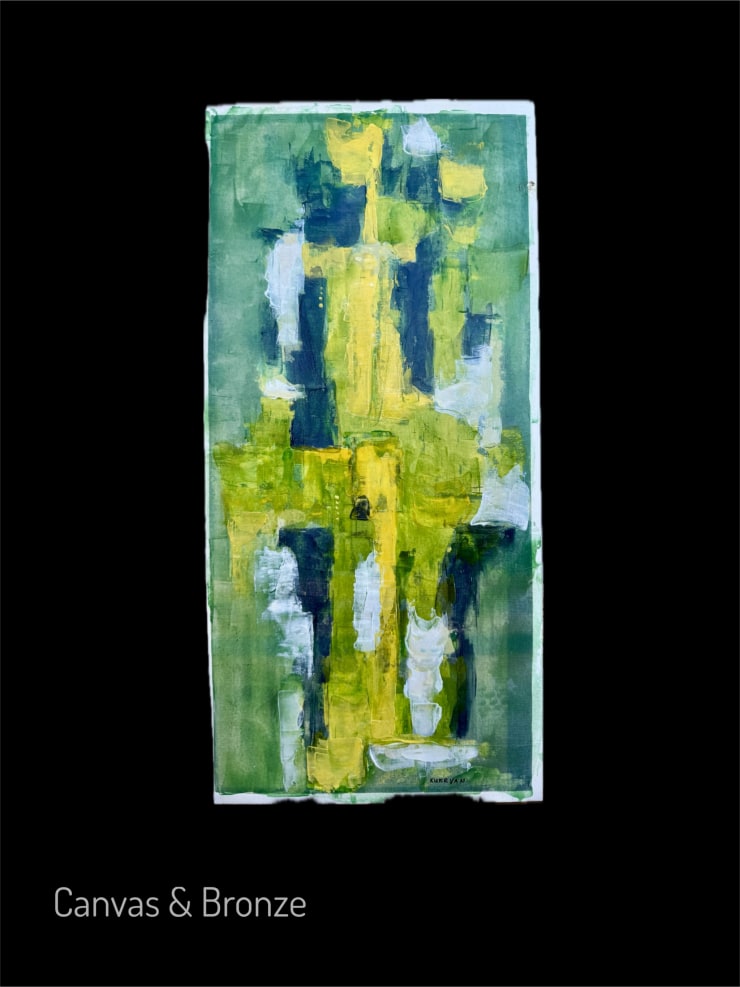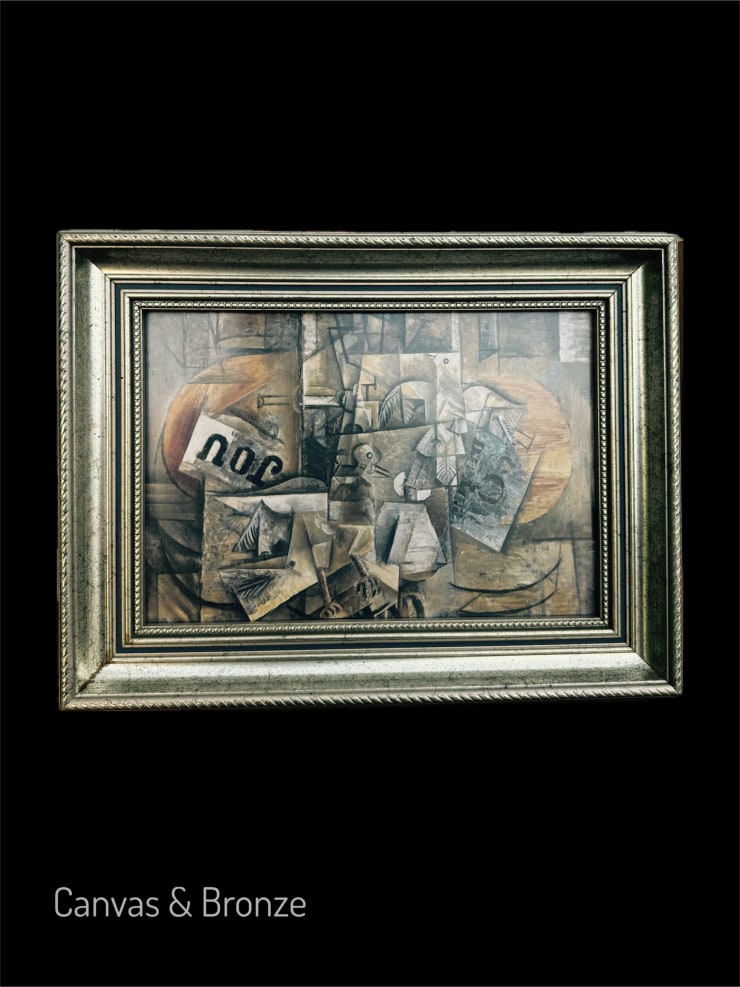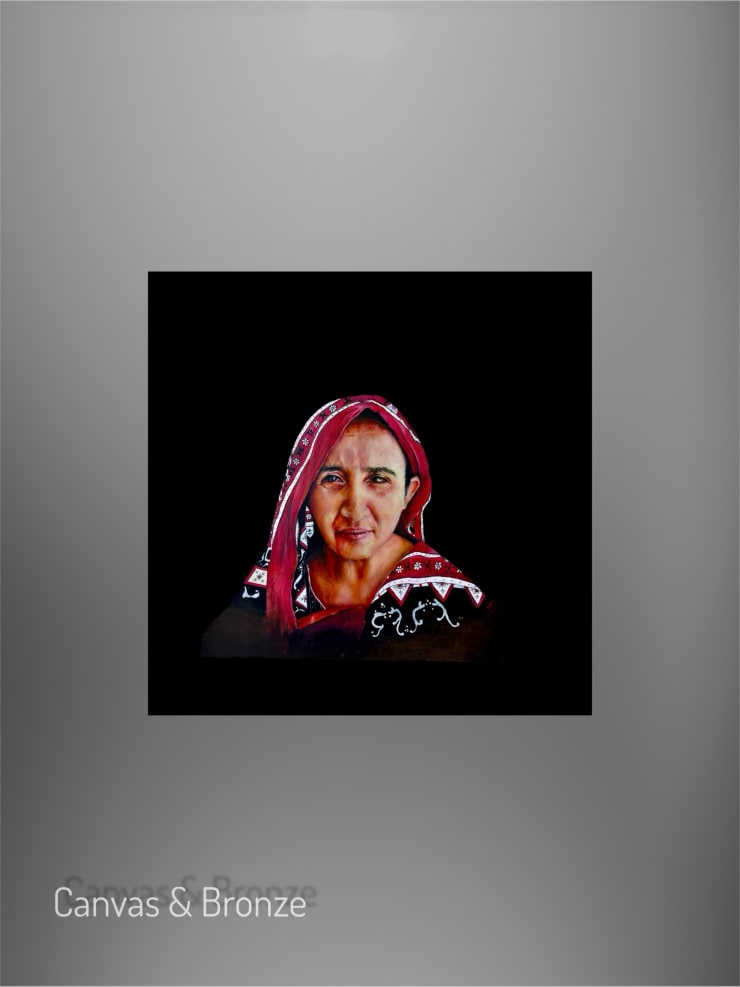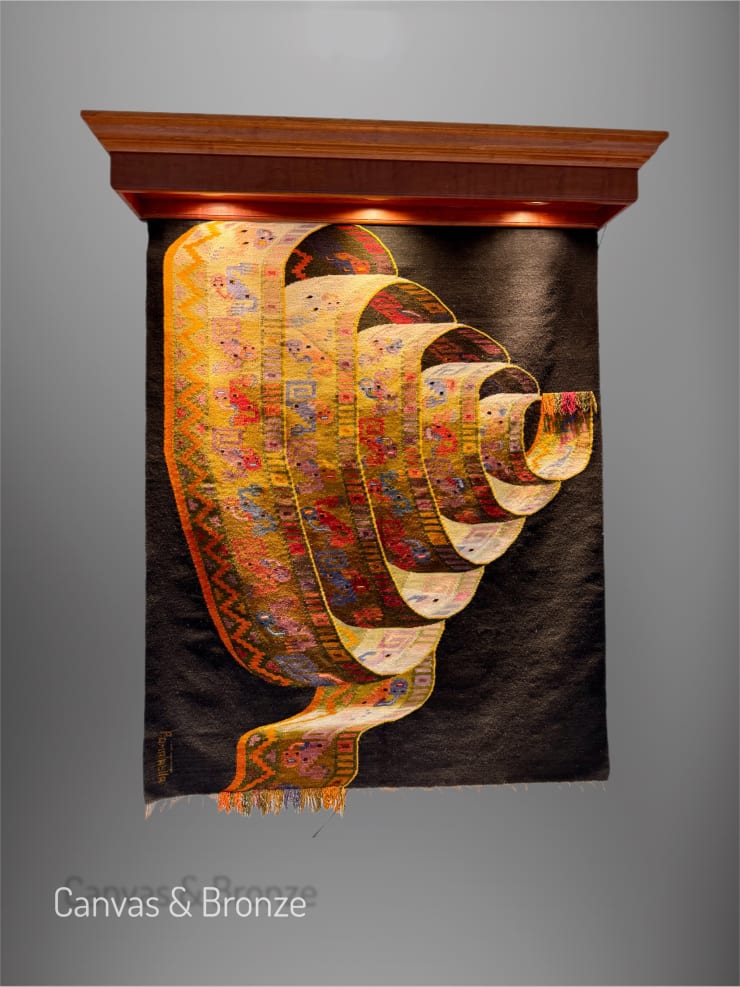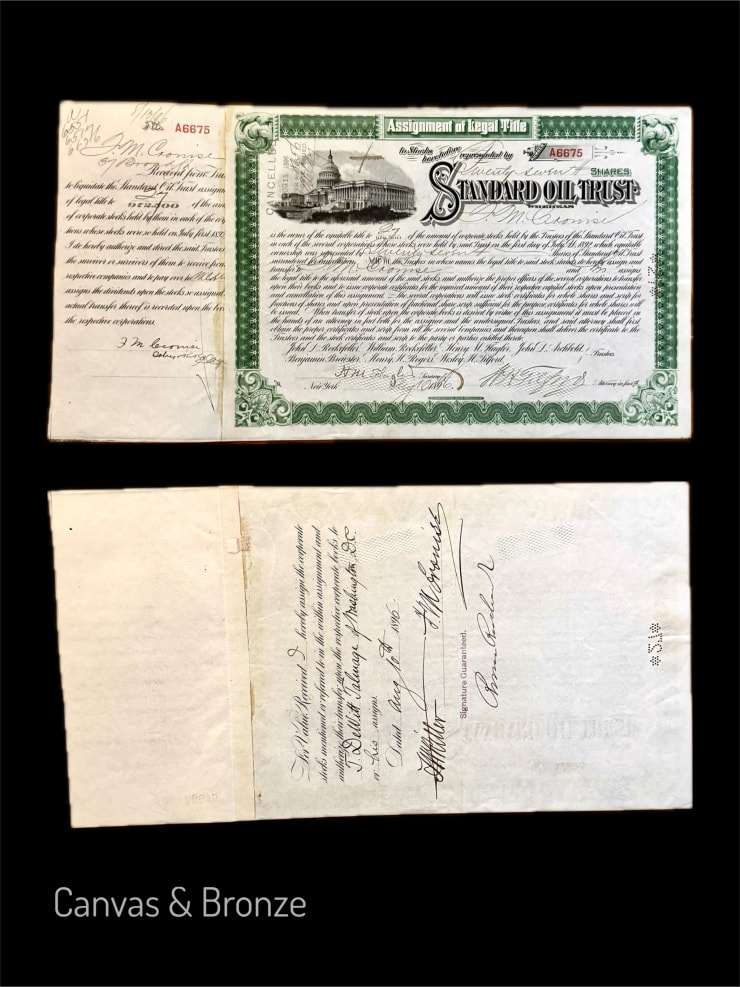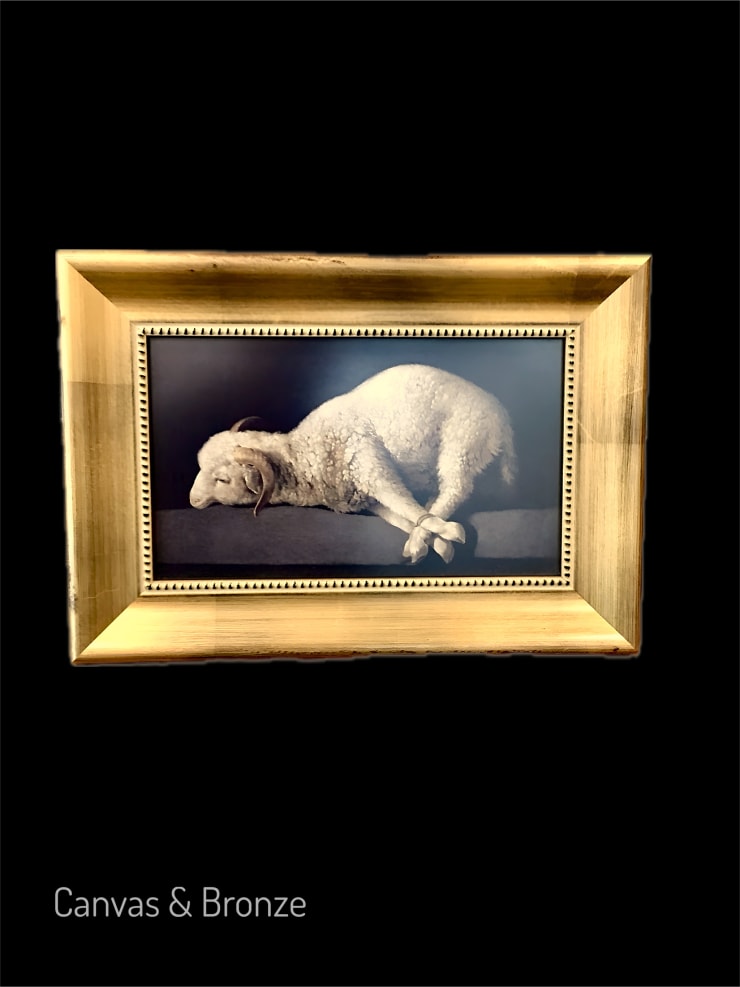ArtISTS from Around the World
Canvas & Bronze showcases a wide array of exceptional international artists. Our approach to curation means travelling the world in search of artists who make works that provide compelling and meaningful connections with collectors. As such, diverse cultural perspectives are on show in our global collection. We discover unique artistic voices and present them in a curated way that creates new contexts and settings where international artists can thrive. Find out more about our talented artists.
-

WENGER SA Delémont, Switzerland
-

Prabin Badhia
-

Johanna Baruch
-

Luciano Baur
-

Fabbrica D'Armi Pietro Beretta
-

Arthur Borges
-

Allora & Calzadilla
-

Susie Cipolla
-

Pieter Coecke and Frans Borremans
-

Daniel Allen Cohen
-

Maggie Genova Cordovi
-

Razzia (Gerard Courbouleix)
-

George Burton Drake
-

Fratelli Fabbri
-

Roberto de Fortino
-

Fredartsy
-

Anita Gaasbeek-Ruigrok
-

Rosalie Gascoigne
-

Caroline Hartman
-

Spanische Hofreitschule
-

Koos ten Kate
-

Jay Kelly
-

Henry Koehler
-

Kukryan
-

Godfrey Kututwa
-

Edmund Blair Leighton
-

Robert Lemay
-

Richard MacDonald
-

García de Marina
-

Simone Martini
-

Ernest Massuet
-

Ashleigh McCord
-

Terry McCue
-

Millain
-

Ale Missene
-

Hovik Muradian
-

Rosita Pereira
-

M Luisa Perez
-

Pablo Picasso
-

Emaan Pirzada
-

Marcelino Pomataylla
-

Nigri Scacchi
-

Santosh k Sharma
-

Ligia Spinelli
-

Tau
-

Standard Oil Trust
-

Bernard Villemot
-

Winnie L. Wong
-

Bernard Zalon
-

Francisco de Zurbarán




